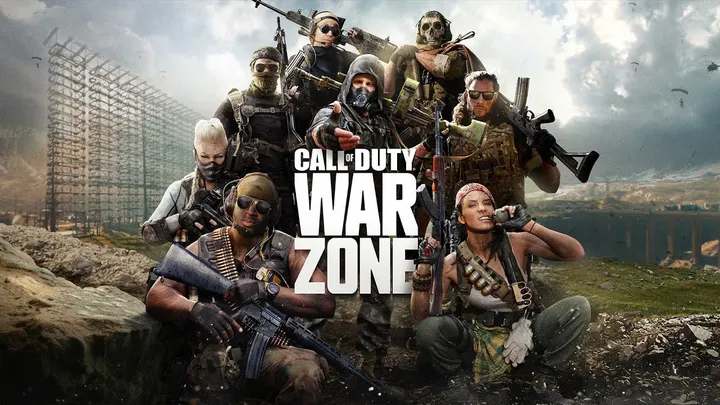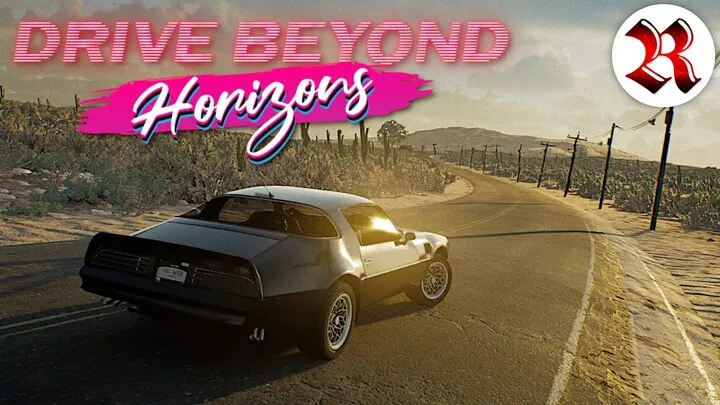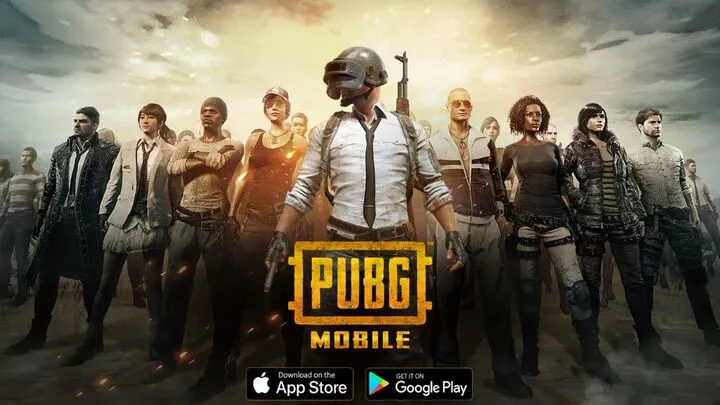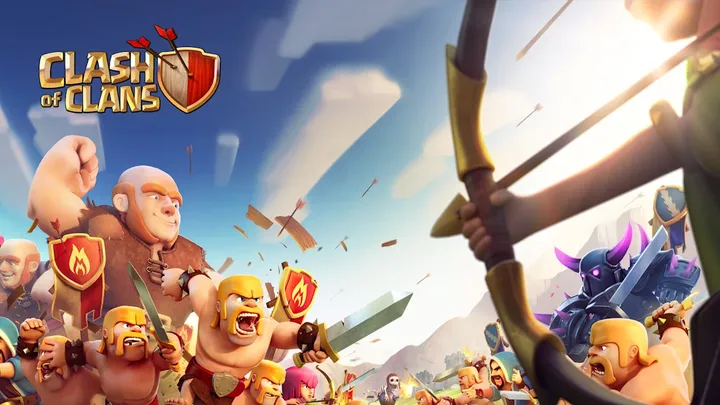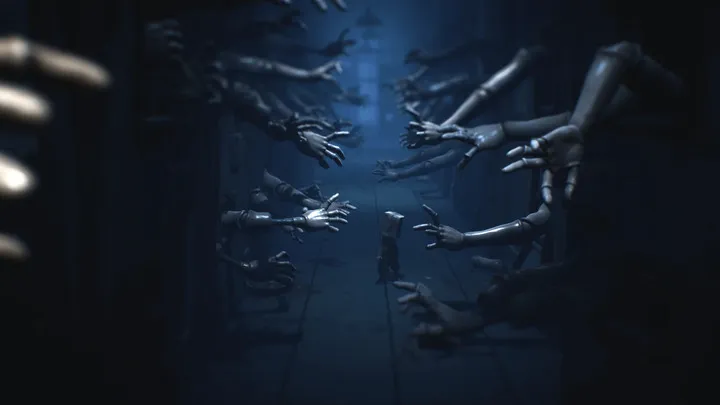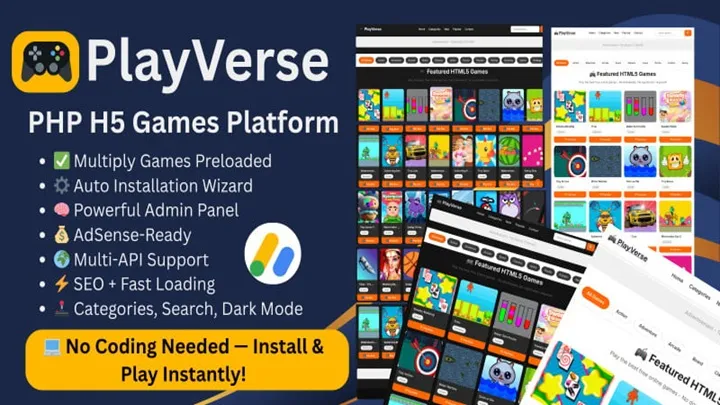Drive Beyond Horizons is a game that elevates the art of driving simulation into a test of endurance, precision, and teamwork. While many players focus on perfecting their solo driving or vehicle upgrades, one of the most rewarding — and challenging — aspects of the game lies in long-distance convoy coordination. This involves managing multiple drivers, routes, communication, and timing across vast landscapes and dynamic environments. In this article, we’ll go deep into the strategies, challenges, and systems that make convoy driving both an art and a science. This is not a beginner’s guide — it’s a detailed breakdown of one of the most complex aspects of Drive Beyond Horizons.
Introduction: The Heart of Convoy Coordination
Convoy coordination isn’t just about lining up vehicles and driving together — it’s about maintaining rhythm, communication, and efficiency across hundreds of miles. In Drive Beyond Horizons, where realism and environmental dynamics are central, success depends on strategy, adaptation, and teamwork.
This guide explores the ten essential stages of mastering long-distance convoy coordination — from planning routes to dealing with mechanical failures, communication breakdowns, and environmental chaos. Whether you’re leading a group of AI drivers or managing a player-based convoy online, every section here focuses on practical, high-level mastery.
1. The Strategic Foundation of a Convoy
Before the engines roar, a successful convoy starts long before departure — during the planning phase.
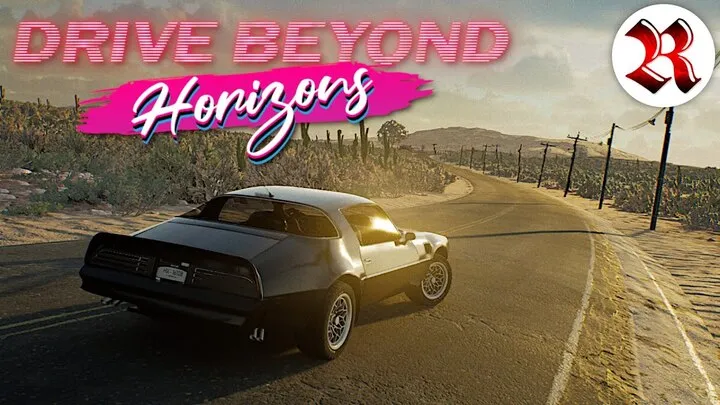
1.1 Mapping and Route Analysis
Every mission in Drive Beyond Horizons features variable terrain — deserts, tundras, forests, mountain roads, and urban sprawl. A convoy leader must evaluate which path offers the best balance between distance, safety, and refueling opportunities.
- Desert routes: Shorter but risk overheating and sandstorms.
- Mountain passes: Longer but cooler temperatures and scenic stability.
- Urban corridors: High resource availability but frequent congestion.
1.2 Vehicle Role Assignment
Assigning the right vehicles is crucial. In Drive Beyond Horizons, each truck or SUV has specialized attributes:
- Lead Vehicle: Sets pace and navigation.
- Cargo Units: Carry essential goods and maintain consistent spacing.
- Support Vehicles: Handle repairs, fuel, and emergencies.
Proper assignment ensures that each role reinforces the convoy’s strength rather than exposing its weaknesses.
2. Building Communication Protocols
Without communication, even the strongest convoy collapses.
2.1 Establishing Channels
In multiplayer sessions, Drive Beyond Horizons uses both radio frequency bands and digital relay networks. Choose one protocol for emergencies and another for routine chatter. Avoid cross-channel confusion.
2.2 Signal Language
When radio fails — due to storms or interference — visual signaling becomes vital. Experienced drivers rely on:
- Light signals (flash for hazard, double-beam for regroup).
- Horn patterns (long-short-long for breakdown).
- Flag colors (red = danger, green = move, blue = refuel soon).
These protocols must be agreed upon before departure and rehearsed in training drives.
3. Maintaining Convoy Formation Under Pressure
Keeping the convoy intact during extended journeys demands precision and discipline.
3.1 The Golden Ratio of Spacing
Maintain at least 3.5 seconds of distance between vehicles under normal conditions, increasing to 6 seconds in storms or low visibility. Close formations lead to rear-end collisions during lag spikes or brake delays.
3.2 Adaptive Formation Shifts
When terrain shifts — from open plains to narrow mountain paths — switch formations accordingly:
- Line Formation: Ideal for narrow routes.
- Wedge Formation: Provides wide field coverage in open areas.
- Diamond Formation: Balances visual contact and aerodynamics for long drives.
3.3 Synchronizing Speed
All vehicles must synchronize with the convoy leader’s pace. Drive Beyond Horizons uses an intelligent cruise control system that can lock convoy-wide speed limits via convoy command tools, ensuring no vehicle falls behind unintentionally.
4. Environmental Adaptation and Real-Time Decision-Making
Convoy routes in Drive Beyond Horizons are unpredictable, shaped by real-time weather and terrain systems.
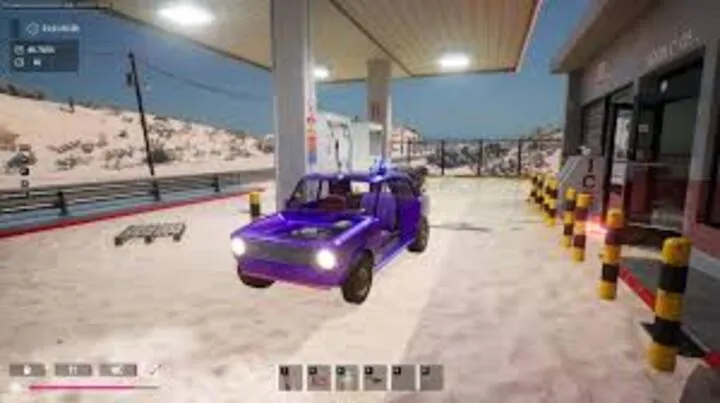
4.1 Reading the Sky
Learning to read cloud movement, sand density, and temperature fluctuation can help you anticipate trouble before it arrives. If your convoy approaches a thunderstorm, reduce formation width and activate fog lights for better visibility.
4.2 Terrain Sensitivity
Mud, snow, and dunes each require different gear ratios and tire pressures. The convoy leader must send alerts ahead of terrain shifts:
- “Soft sand approaching — reduce tire pressure to 25 psi.”
- “Slush detected — maintain low torque and increase distance.”
4.3 Emergency Route Reassessment
When a bridge collapses or roadblock appears, switching routes quickly is vital. Having pre-marked alternate waypoints ensures you don’t waste time recalculating under pressure.
5. Fuel and Resource Management
Even the most disciplined convoy fails without resource coordination.
5.1 Fuel Relay System
In long routes, players use mobile refueling trucks stationed along pre-planned segments. Every 300 km, a designated refuel stop ensures no unit runs dry.
5.2 Shared Resource Allocation
Convoys share more than fuel — they share repair kits, batteries, and spare tires. Managing an equitable distribution system prevents one team from being stranded.
5.3 Energy Optimization
Hybrid or electric vehicles in Drive Beyond Horizons have regenerative systems. Using downhill braking energy effectively extends the travel range by 8–12%. Train drivers to exploit such mechanics.
6. Managing Mechanical Failures in Motion
Breakdowns are inevitable in endurance missions — but how you manage them defines convoy survival.
6.1 The Breakdown Protocol
When a unit fails:
- Nearest vehicle provides light coverage.
- Support unit dispatches repair crew.
- Convoy switches to single-lane formation until repairs complete.
6.2 Repair Hierarchy
Some repairs can be done roadside (flat tires, engine overheating), while others require towing. Establish priority repairs:
- Critical (Engine, Steering) → Stop convoy.
- Secondary (Lighting, GPS) → Proceed with caution.
6.3 Temporary Vehicle Substitution
In multiplayer convoys, substitute vehicles can teleport to stranded units. For single-player campaigns, AI drones deliver emergency tools via air drops.
7. Psychological Cohesion and Team Discipline
Convoy coordination isn’t just mechanical — it’s psychological. Fatigue, impatience, and ego can destroy unity.
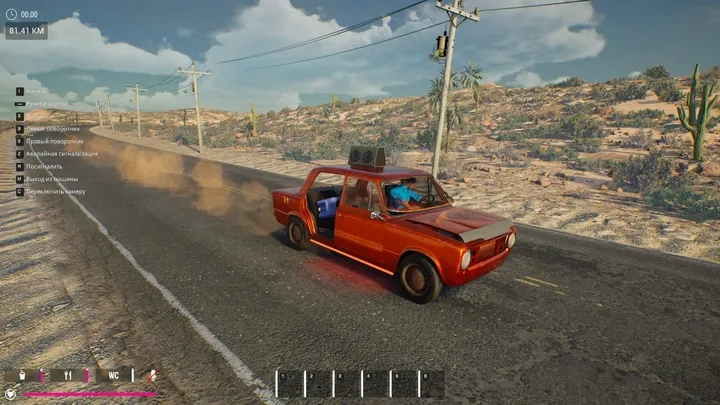
7.1 Leadership Psychology
A good convoy leader keeps morale high and decisions clear. Use positive reinforcement when drivers maintain formation or complete difficult routes. Avoid panic over minor setbacks.
7.2 Managing Fatigue
In Drive Beyond Horizons, driver fatigue affects steering precision. Rotate drivers every 150 km in real-time multiplayer, or use Auto-Cruise AI Rest Mode for solo players.
7.3 Conflict Resolution
Disagreements over route choices or delays happen. Establish a chain of command — the Lead Driver’s decision is final during active missions. Post-drive, conduct a review to analyze what went wrong diplomatically.
8. Dynamic Obstacles and Hazard Response
Nature and human interference can disrupt convoy harmony.
8.1 Weather Hazards
- Sandstorms: Reduce speed by 30%, keep headlights steady.
- Flooding: Switch to amphibious gear if available.
- Blizzards: Increase following distance and use heating cores.
8.2 Traffic and Civil Hazards
Urban convoys face civilian interference, construction zones, and AI patrol units. Use the Drone Scout feature to preview obstacles ahead.
8.3 Animal Crossings and Wild Zones
The wilderness introduces animal herds and migratory creatures. AI sensors can detect life forms within 200m. Train your drivers to decelerate immediately when the alert flashes.
9. Mastering Navigation and Data Systems
Convoy success depends on technological precision.
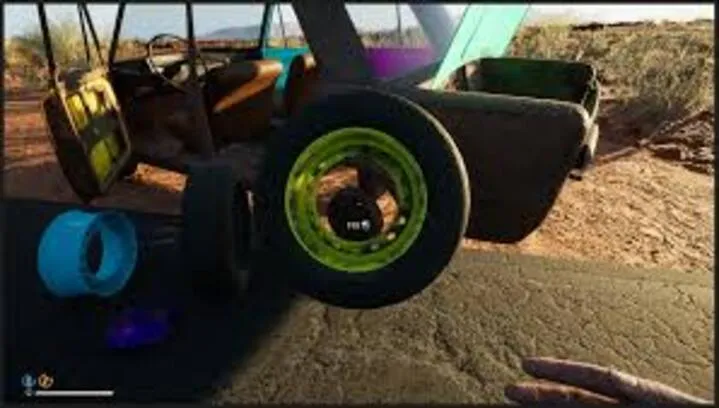
9.1 GPS Synchronization
Ensure all vehicles share the same GPS link frequency. Desynchronization can lead to split routes and lost units.
9.2 Data Overlays
HUD overlays display convoy health, resource status, and tire wear in real time. Teach drivers how to interpret this data instead of ignoring it.
9.3 Night Navigation
Nighttime routes require infrared mode or night-vision dashboards. When using these, reduce headlight brightness to prevent light distortion.
10. Evaluating Convoy Performance
After every mission, review your performance to build a better convoy culture.
10.1 Performance Metrics
Evaluate:
- Average convoy speed
- Fuel efficiency per vehicle
- Communication downtime
- Incident frequency
10.2 Replay Analysis
Use Drive Beyond Horizons’s Convoy Replay System to review incidents in third-person mode. Identify where spacing, reaction, or leadership failed.
10.3 Continuous Improvement
Set goals: reduce convoy delays by 10% per route, increase communication efficiency, and experiment with new formations. Great convoys evolve — they never repeat the same mistakes twice.
Conclusion: The Spirit of Coordination
In Drive Beyond Horizons, convoy coordination transforms a routine driving challenge into a living ecosystem of teamwork and precision. Each driver, mechanic, and support vehicle becomes part of a larger, synchronized organism that moves beyond roads — beyond horizons.
Mastering this system is not just about driving — it’s about leadership, adaptability, and mutual trust. The convoy, when perfectly coordinated, becomes more than a collection of machines; it becomes a reflection of human ingenuity and unity under pressure.









